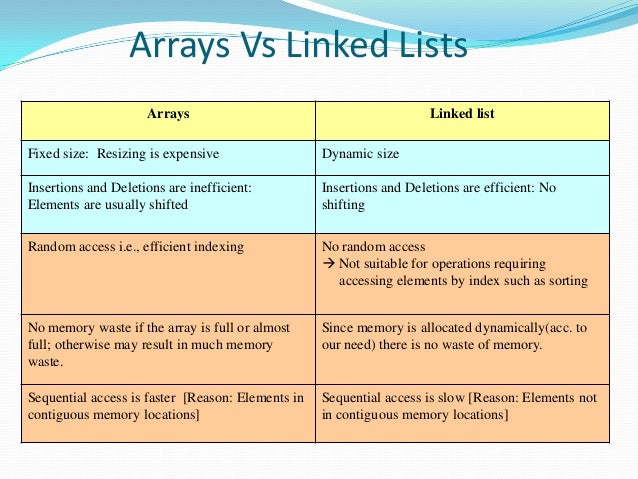

That demo shows a Queue implemented with circular arrays. Open QueueArray and play with the queue to realize its behaviour. Additionally, a peek operation may give access to the front element without dequeuing it. In a FIFO data structure, the first element added to the queue will be the first one to be removed. This makes the queue a First-In-First-Out (FIFO) data structure. The ADT Queue should satisfy the following requirements (from wikipedia): Essential OperationsĮnqueue: which adds an element to the collection end (back)ĭequeue: which removes the first element added (front) that was not yet removedįront: which returns the earliest element added to the queue that was not yet removed.Įmpty: returns whether the queue is empty or not, to avoid dequeueing from empty queue. We refer to Queue behaviour by FIFO (first in, first out). Queues are another Abstract Data Type (ADT), that might be implemented using concrete structures like arrays and linked lists. C++ STL has an implementation for the singly-linked via std::forward_list.So we would go for using singly-linked list since it is more space efficient, and can provid \(O(1)\) time for the stack operations.Option 2: push and pop from the front side (both \(O(1)\) for both the doubly-linked list and the singly-linked list).Option 1: push and pop from the back side (both \(O(1)\) for doubly-linked list, while \(O(n)\) for the singly-linked list).Note that stacks pushs and pops from the same side, so if we need to implement stacks using a linked list:.

But which is better? singly-linked list or doubly-linked list. This time we will provide an implementation for the stack using linked list. Stack s1 // stack of chars with maximum capacity 1024 Stack s2 // stack of std::string with maximum capacity of 500 Final Implementation for Stack Array Stack Implamentation (using Singly-Linked List) See this demo the demonstrate the use of the Call stack. Stacks are used to store the function calls, so your execution can return to the last caller function after returning from the current function.Algorithms: stacks play an essential role in many algorithms.Realize the behaviour of the stack from this demo: StackArray. Additionally, a peek operation may give access to the top without modifying the stack. The order in which elements come off a stack gives rise to its alternative name, LIFO (last in, first out). Pop: which removes the most recently added element that was not yet removedįront: which returns the most recent element added to the stack that was not yet removed, without removing it from the stack.Įmpty: returns whether the stack is empty, sometimes needed to check to avoid popping from empty stack. Push: which adds an element to the collection Stack only defines a set supported operations that we can we implement by different concrete data structures (such as arrays or linked lists).įor either implementations, the following requirements should be satisfied in order to hava an ADT Stack (from wikipedia): Essential Operations.In fact, Stack is an abstract data type, which doesn’t define the underlying structure itself.Queue Implementation (using Doubly-linked list).Queue Implementation (using circular Array).Stack Implamentation (using Singly-Linked List).Important: Private Implementation Details.


 0 kommentar(er)
0 kommentar(er)
